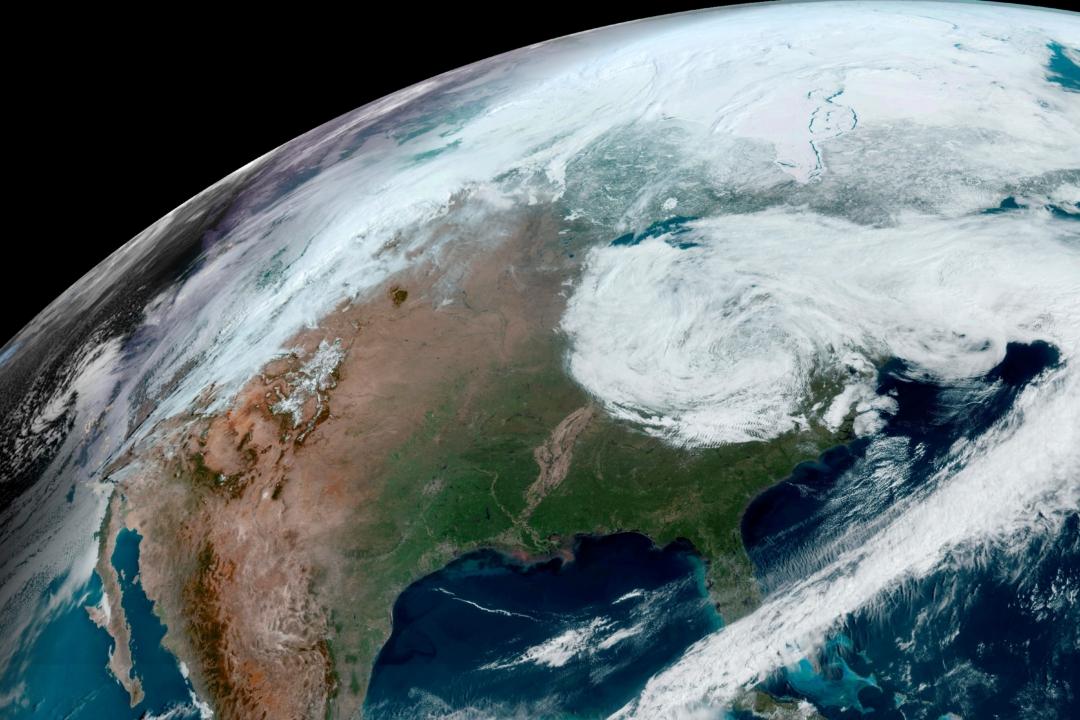Early this month, an estimated 70,000 protesters gathered in Prague to call for the Czech government to do more about spiraling energy prices.
At the same time in Germany, traditionally opposed political groups put aside their differences to threaten weekly protests against the rising costs of food, gas, and energy.





